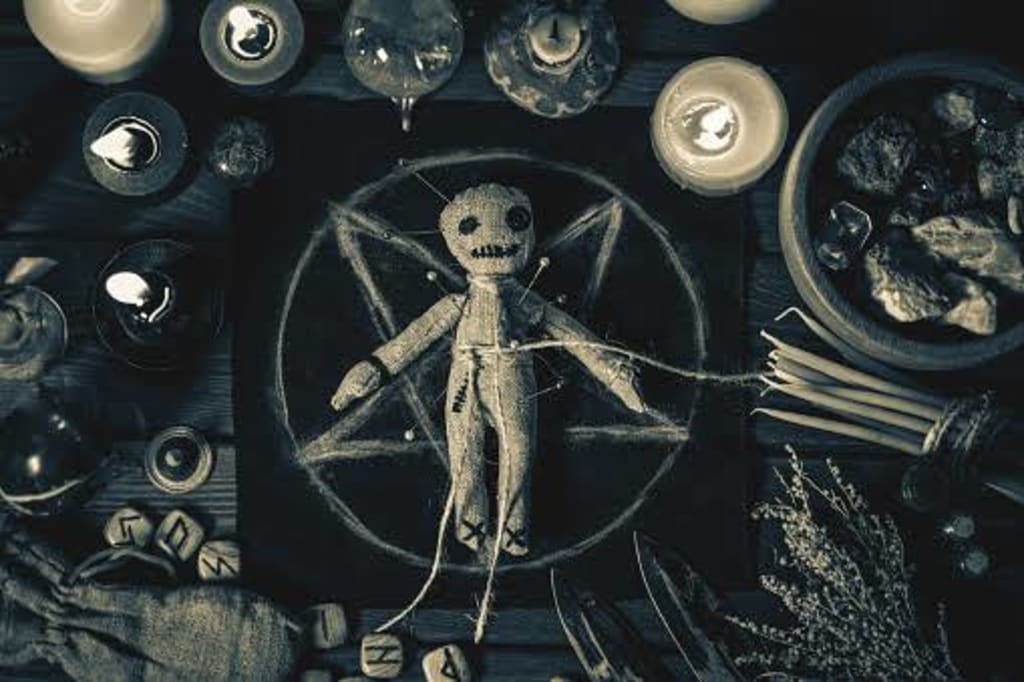
British attitudes to witchcraft all through the Tudor technology tended to be much less severe than the ones of contemporary Europeans, argues Victoria Lamb.
British attitudes to witchcraft during the Tudor era tended to be much less excessive than those of cutting-edge Europeans. Indeed, below the right circumstances, the British witch may want to from time to time end up an appropriate – if now not pretty first-rate – member of society. This produced characters such as the village elder with recuperation talents, commonly burnt at the stake in locations like Denmark or Germany, and the eccentric gentleman with a library of arcane tomes whose ‘experiments’ were considered clinical in preference to supernatural. Popularity turned into no longer time-honored, but, and people who attracted the attention of the witchfinder – or even the Inquisition underneath Mary I’s reign – often ended up on trial for their lives.
Thankfully, many of those ‘witches’ escaped conviction, on account that maximum English checks tended to favor the accused. One common test changed into ‘swimming the witch’; in a village pond test, the guilty floated and the innocent sank (and had been pulled to safety, one hopes). Another check became to weigh the accused in opposition to the Bible; if the Bible became heavier, she was truly a witch. The unfortunate few convicted via such weird techniques had been generally spared the flames. While the Europeans burnt or even boiled their witches alive – every now and then strangling them beforehand as an act of mercy – the extra regular sentence for a British witch becomes a loss of life by hanging.
Most witches got here to trial for the subsequent crimes: causing dying or sickness on farm animals and human beings; souring milk or inflicting miscarriage; cursing and hurting youngsters. Below torture, the EU witch generally confessed to having sex with the devil and suckling demons at her breast. The British witch typically stored a familiar – a cat, dog, or toad – who spoke together with her and often suckled too, leaving a wonderful mark. The accused could be stripped and searched for such tell-tale marks, then tortured to extract a ‘confession’. In July 1589, 3 ‘infamous witches’ were hanged at Chelmsford, Essex; one of them, Joan Prentice, changed into later depicted as having suckled familiars, which includes rat-like ferrets named ‘Jack’ and ‘Jill’. The invention of a birthmark or more nipple became consequently a key component in figuring out a witch’s guilt, without or with a confession.
But there has been a deep ambivalence surrounding the figure of the Tudor witch, for even occult powers had their makes use. A Christian-Cabalist, Dr John Dee suggested the date for Elizabeth I’s coronation and enjoyed her patronage as a court astrologer maximum of his lifestyles, no matter openly conjuring ‘spirits’ from the ‘superb-celestial sphere’ using rituals observed in historic magical grimoires. Dee’s abilities as an astrologer and his potentially rewarding experiments with alchemy saved him above the regulation, in spite of Elizabeth I’s a punitive statute in 1563, implementing the demise sentence for the practice of witchcraft. All witches had been equal below Tudor regulation, it seemed, but some were more equal than others. Certainly, it changed into now not till after James I came to the throne in 1603, with his treatise Daemonologie and his worry about the supernatural, that the witch-looking craze in England truly took off.
British attitudes to witchcraft for the duration of the Tudor technology tended to be much less excessive than the ones of cutting-edge Europeans, argues Victoria Lamb.
British attitudes to witchcraft in the course of the Tudor generation tended to be much less severe than the ones of cutting-edge Europeans, argues Victoria Lamb.
British attitudes to witchcraft for the duration of the Tudor technology tended to be much less severe than those of current Europeans, argues Victoria Lamb.
British attitudes to witchcraft all through the Tudor technology tended to be less intense than the ones of current Europeans, argues Victoria Lamb.





Comments
There are no comments for this story
Be the first to respond and start the conversation.